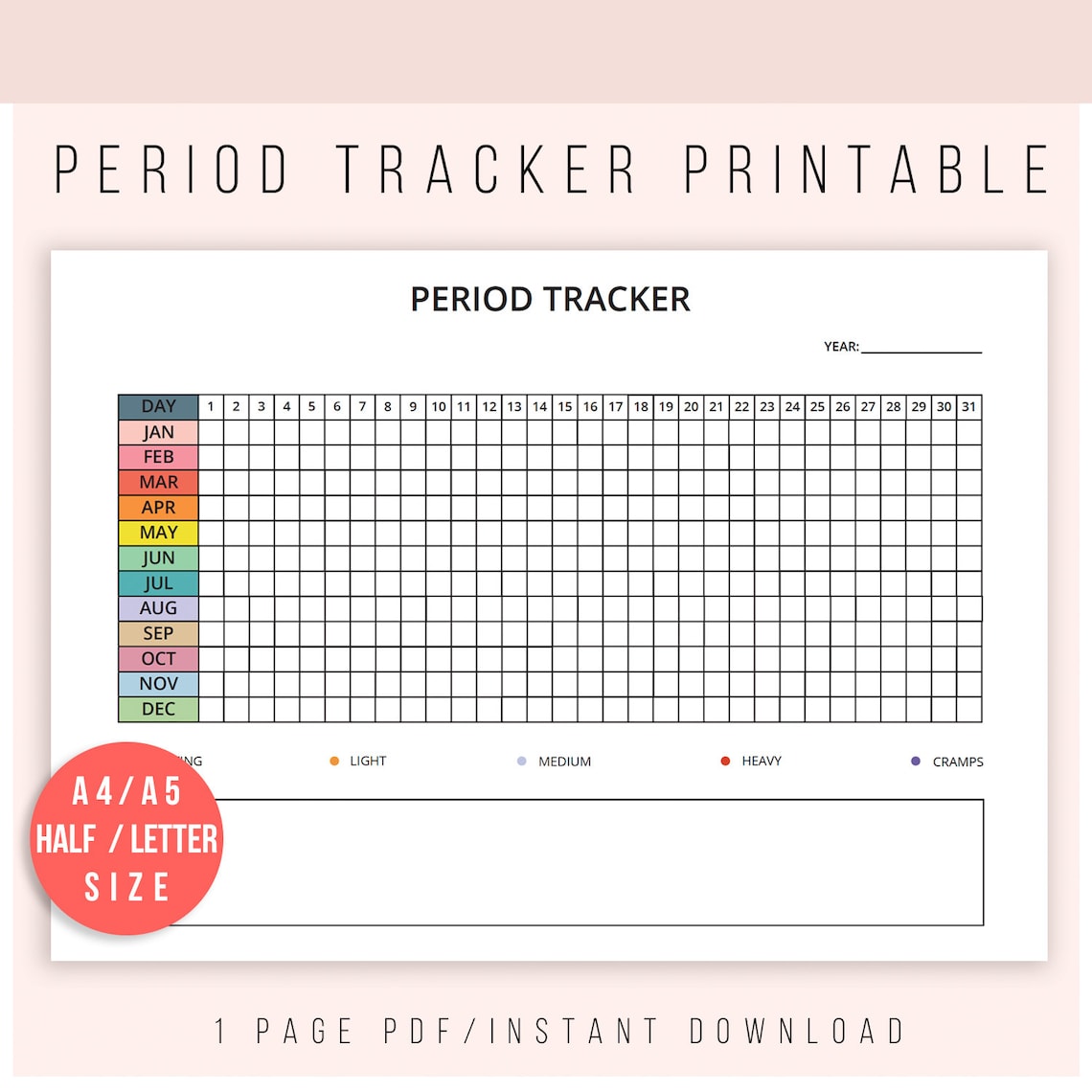
If it gets fertilized, the embryo travels through the fallopian tube to the uterus. This is called ovulation, and it is at this point that the luteal phase begins. On about day 14 of an average 28-day cycle, the egg leaves the ovary. At the same time, an egg in one of the ovaries starts to mature. This lining of the womb is a place that will nourish the embryo when pregnancy occurs. Estrogen also makes the lining of the uterus (womb) grow and thicken. Estrogen plays an important role in keeping you healthy, especially by helping keep bones strong as you get older. The luteal phase after ovulation when the corpus luteum develops in the ovary in the area from where the egg was ejected.ĭuring the follicular phase, the levels of estrogen (the "female hormone") start to rise.The follicular phase can be further divided into the first couple of days when you have your period, followed by the proliferative phase until you ovulate. The follicular phase aka pre-ovulatory phase, when the follicle develops inside the ovary.There are essentially two halves of the menstrual cycle:.

The menstrual cycle begins with the first day of bleeding and ends the day before the next menstrual bleeding. If you have a lot of spotting, you might want to talk to your Ob-Gyn and assess your progesterone level shortly after presumed ovulation. If you are trying to get pregnant and you have regular spotting before your real period begins, we suggest that in addition to using the ovulation calendar, you also use the BBT (basal body temperature) and an ovulation detection tool in order to find out when you can get pregnant.

Get personalized insights when you log your symptoms and track your cycle in the Obie app.


 0 kommentar(er)
0 kommentar(er)
